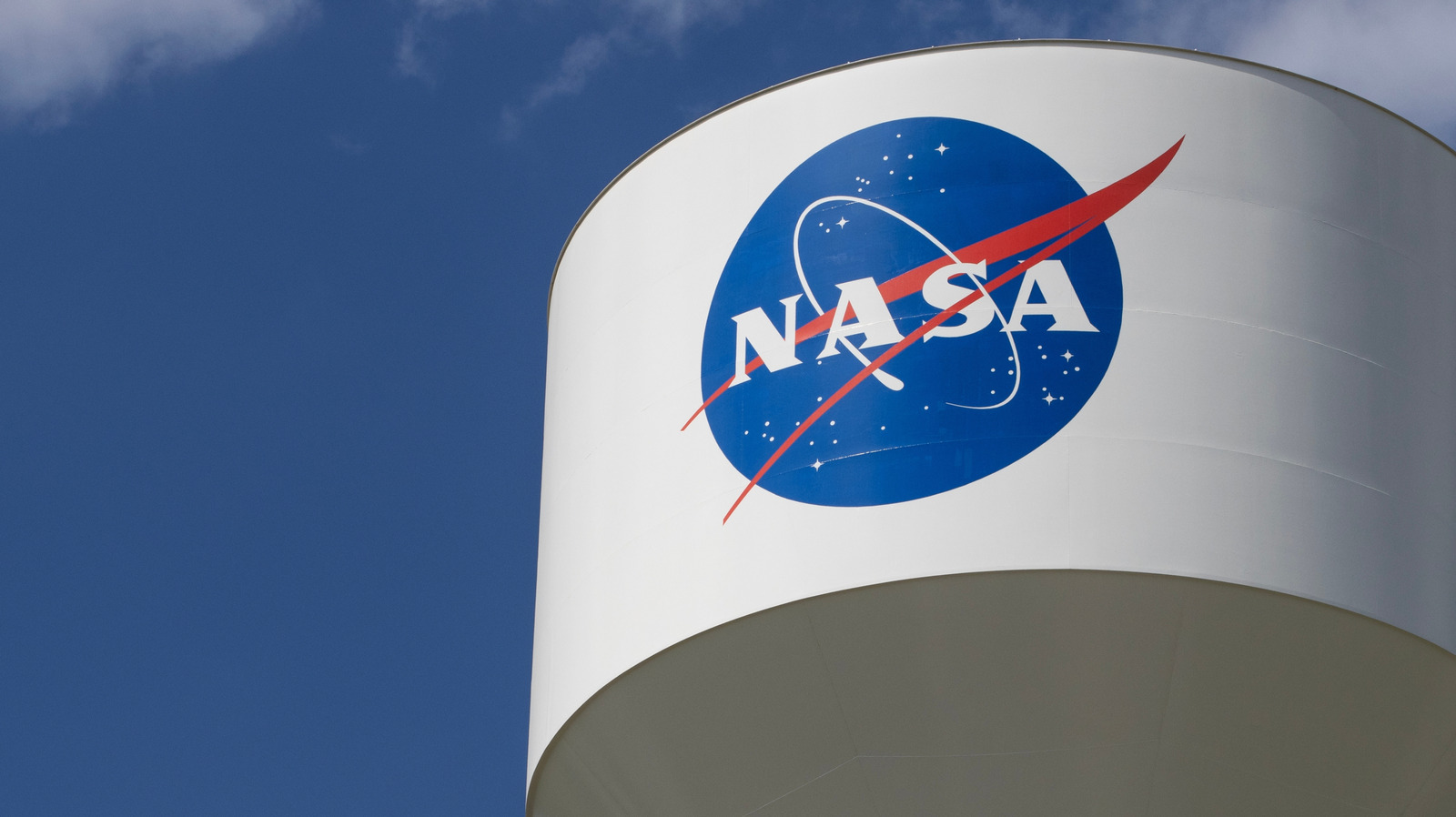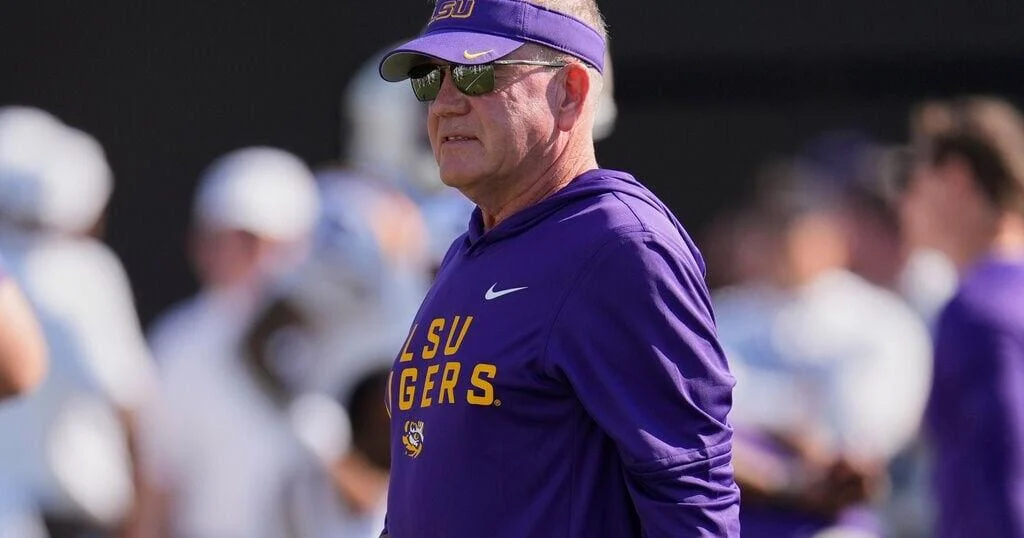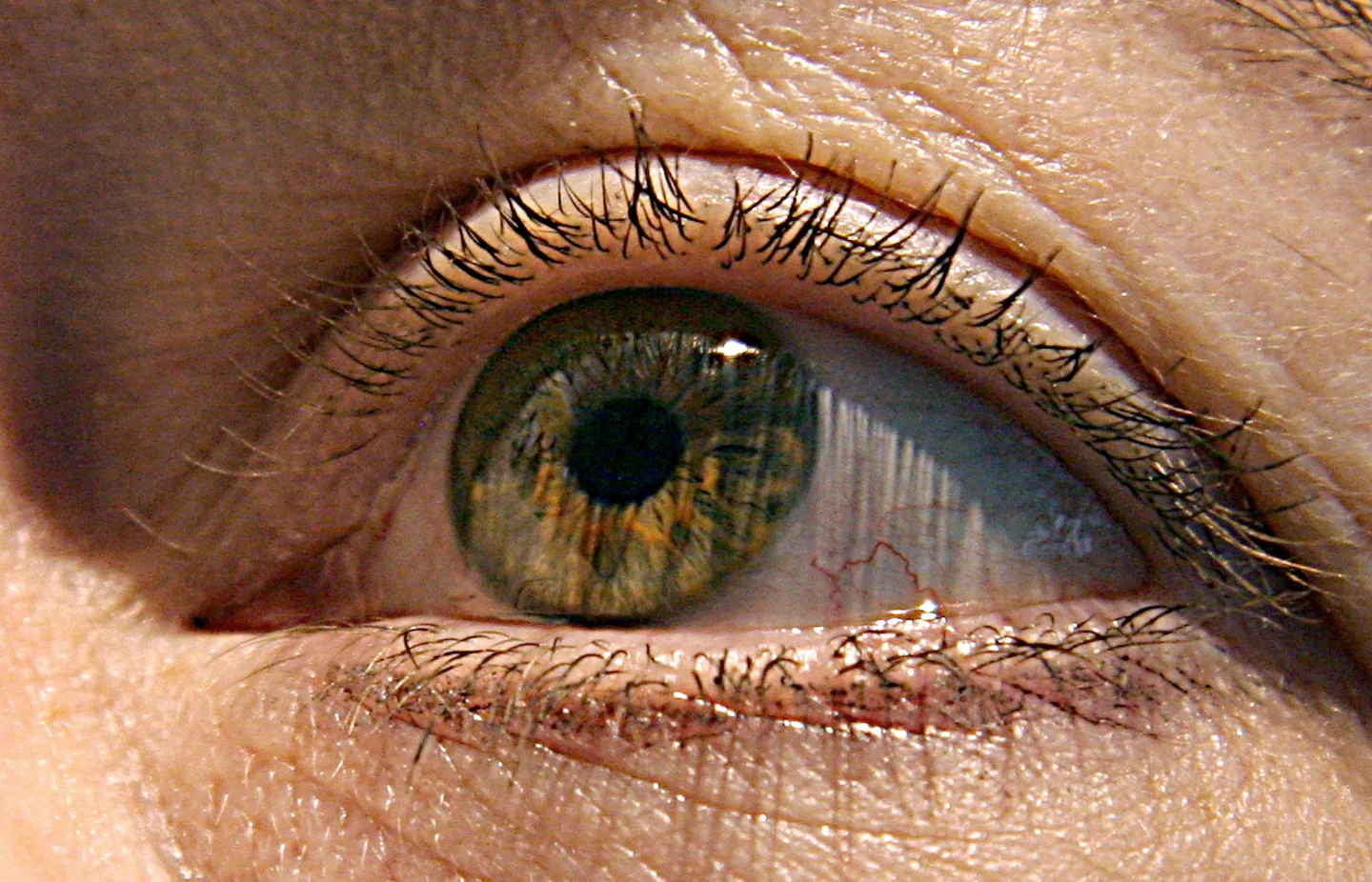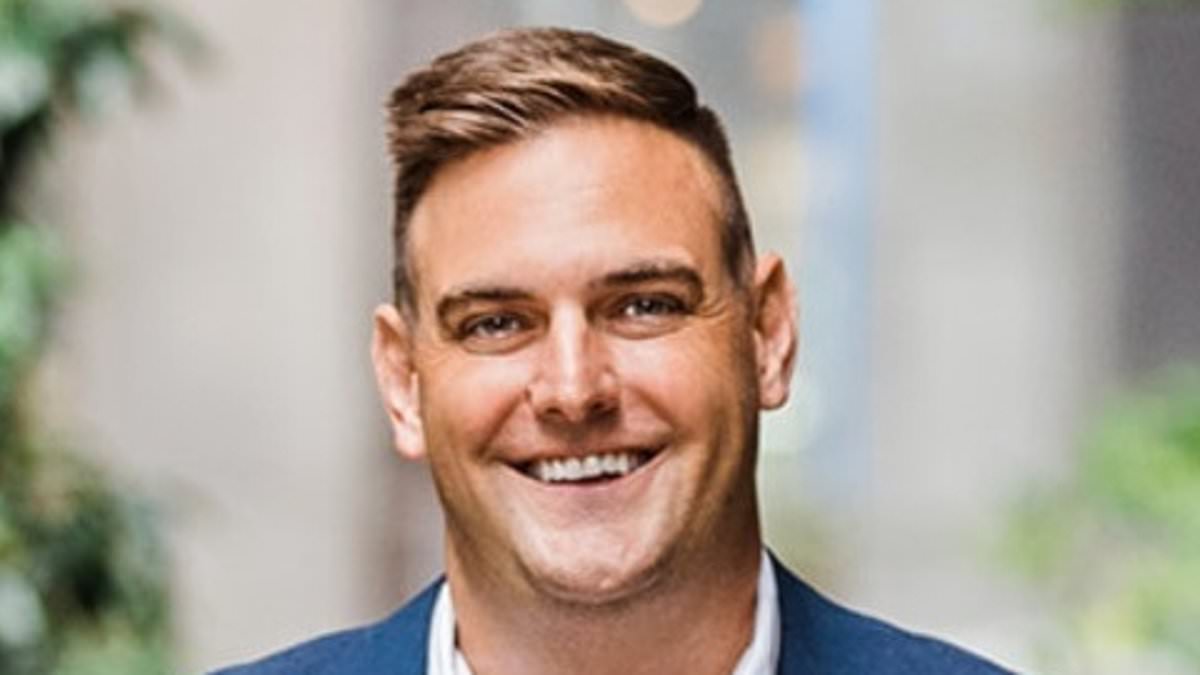Copyright Cable News Network
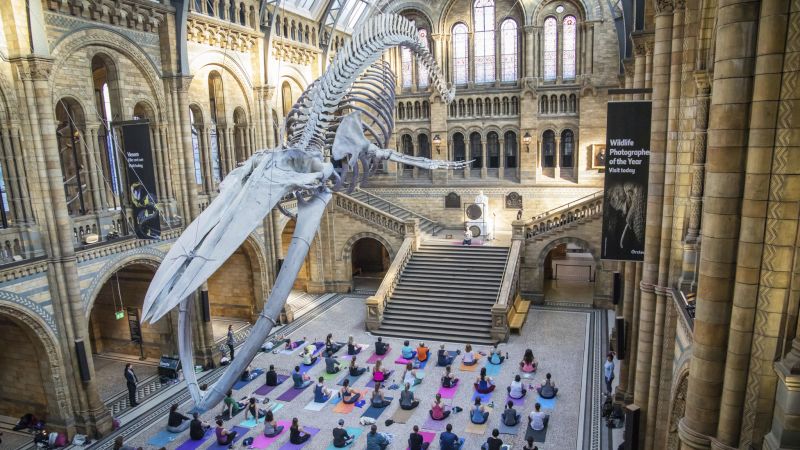
Supper with a samurai has been impossible for a century and a half, but lately the British Museum has been dishing up the next best thing. For a few evenings in September and October, after day visitors had filtered out and the halls grew silent, a quiet ceremony took place in the Japan galleries. Three single tables were arranged opposite display cases, place settings laid out, and bowls of steaming noodles served to a handful of guests. My companion on the evening of October 9 was an 18th century suit of samurai armor. Beautifully ornate and ramrod straight, the armor cut an imposing figure, remaining stoic, even as I fumbled the pickles and let out a mortifying slurp halfway through. As company goes, the samurai was mercifully non-judgmental, and the meal surprisingly tranquil; a world apart from the chaos of Oxford Street and Soho’s restaurants, a stone’s throw away. And that was kind of the point. The solo dining experience — free and open to the public to eat — was the brainchild of communications agency Exposure, hired by itsu, a chain of British East-Asian restaurants and groceries, to launch a new range of noodles for one. “In Japan, solo dining is celebrated — there’s even a word for it, ‘ohitorisama,’ meaning the joy and freedom of doing things alone,” explained Lloyd Abbott, Exposure publicity director. “In the UK, however, eating solo still carries a certain stigma; it’s seen as awkward, even a little sad. We saw an opportunity to challenge that.” Itsu got a quirky product launch, and in return the British Museum received payment for use of its space. The commercial event was at the niche end of London institutions’ never-ending mission to attract new visitors and diversify their revenue streams. All over the capital, places are offering the public unusual experiences and unfettered access. Ever wanted to have a silent disco in the Science Museum? Take a gong bath at the Natural History Museum? Glamp with the lions at London Zoo? Now you can. At the Natural History Museum — the UK’s second most-visited attraction — what started with the sleepover event “Dino Snores for Kids” in 2010 has grown into a comprehensive after-hours program. Evening tours, discos, overnight stays, yoga underneath the skeleton of Hope the blue whale, have blown away the cobwebs from the 144-year-old museum. The beautiful Alfred Waterhouse-designed building, conceived as a “cathedral to nature,” has hosted 250 sleepovers and 80 silent discos to date, and parties for Halloween, New Year’s Eve and Valentine’s Day get “bigger and better every year,” said Hannah Douglass, the museum’s visitor events manager. It’s even adding a dash of glamour with an upcoming evening featuring Emmy-winning actor Bryan Cranston and the museum’s minerologist Alan Hart, for a talk titled “The Chemistry of ‘Breaking Bad.’” “We couldn’t ignore the incredible opportunity to use our unique space and resources to creatively bring the museum’s science work to new audiences in an accessible, fun way,” said Douglass. She added the events “draw in crowds that otherwise may never have thought to visit… People come for a dance with the dinosaurs and end up talking to space scientists while holding a drink in one hand and a meteorite in the other.” Drawing crowds London’s after-hours events follow in the footsteps of First Saturdays, the granddaddy of alternative programming, which has been running at New York’s Brooklyn Museum since 1998. On the first Saturday of every month, from spring through fall, the museum hosts musical performances, DJ sets, art making, talks and tours, themed around a current exhibition. Often a full-blown party with signature cocktails flowing, the event is “critical to our mission and values,” said Lauren Zelaya, director of public programs. The museum says over 1.2 million visitors have participated in First Saturdays since it began, 82% of whom are New Yorkers — higher than the museum’s total average — and nearly four-fifths of whom identify as Black, Indigenous, or people of color. “In the early days, the focus was on making the museum open and accessible to the public, which remains the ethos today, said Zelaya. Back in London, there’s also an emphasis on community-oriented programming. According to the most recent survey of UK museum directors by national charity Art Fund, published in 2024, international visitors remain below pre-pandemic levels. Going hand in hand, 83% of museums said they were making local audiences a priority. It may be paying off. According to the Association of Leading Visitor Attractions (ALVA), in some cases, including the British Museum and Natural History Museum, overall visitor numbers have not only recovered but surpassed pre-pandemic totals. Douglass says the Natural History Museum’s after-hours visitors are typically less international than in the daytime. She also noted that since the rise of people working from home, fewer visitors are coming straight from the office. “They might need a little more convincing to come into central London in the evening,” she said, referring to after-hours programming. If evening is when Londoners come out to play, it’s also when museums are looking to balance their books. Since 2001, admission to the permanent collections of national museums in the UK has been free to the public. Museums rely on public funding, philanthropy and earned income, through ticketed exhibitions and events, including after-hours programming. Some events are free, but others are pricey. A VIP indoor camping experience in the Hintze Hall in the Natural History Museum can cost adults about £280 ($376), for example. “Museums across the UK are operating in an increasingly challenging environment,” said Lucy Bird, policy and research lead at Art Fund. “Years of real-terms cuts, the cost of maintaining aging buildings, and rising overheads are placing them under immense strain.” In the 2024 survey, two thirds of responders expressed concerns about funding shortfalls, Bird said. “Museums told us they would need a 10-20% increase in funding simply to stabilize,” she added. Bird also pointed to a 2025 government spending review by the Campaign for Arts, which calculated that by 2029, the UK Department for Culture, Media and Sport (which distributes public funding to 15 national museums and galleries) will spend more than a third less per person than it did in 2010. It’s no wonder many institutions are expanding after-hours commercial and other private hire events. Fees for the latter can be hefty — the venue hire alone for evening dining at the Victoria & Albert Museum’s Raphael Court starts at £18,000 ($24,000) plus VAT (tax charge). You can even hire the whole Natural History Museum for an evening for £75,000 ($100,000). Lisa Guastella, head of commercial hire at the British Museum, said commercial events have been rising year on year, and 79 took place at the museum in 2024. These events, along with filming, “are a vital part of contributing to the British Museum and its objectives, and ensuring we can continue to provide free entry to the public,” she said. Notable events in previous years include after-parties for the finale of the HBO series “Succession” and Prime Video’s “The Rings of Power,” and this September, a London Fashion Week dinner honoring label Erdem. There has also been an uptick in product launches, said Guastella, like the one put on by itsu. That, she added, was “one example where we were not only able to generate revenue but also reach new visitors by highlighting the Mitsubishi Japanese Galleries, and mention our upcoming samurai exhibition in February 2026.” A win-win-win for coffers, programming and palates.
